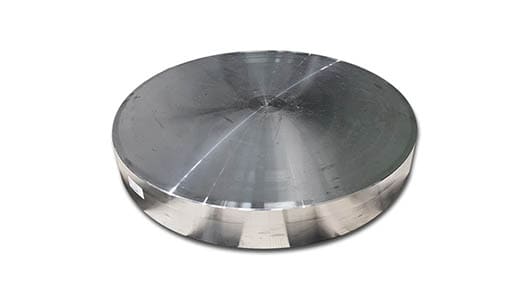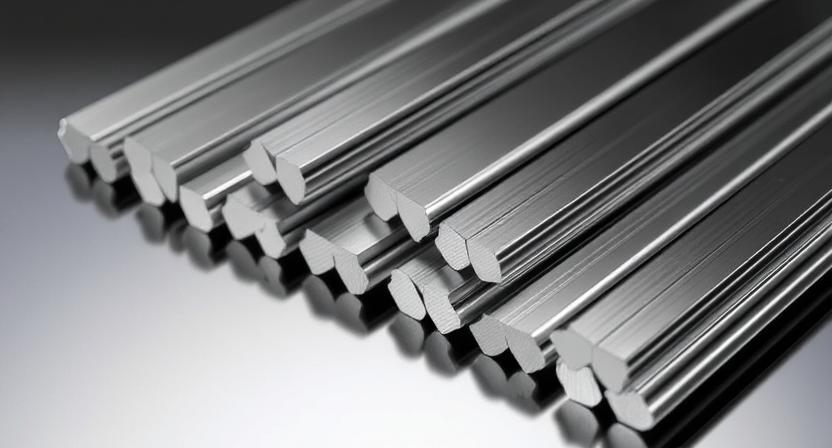Stainless Steel 202 Forged Discs
At Ferrobend, we take pride in producing high-quality stainless steel 202 forged discs that meet the most demanding industrial and commercial requirements. Stainless steel 202, known for its superior corrosion resistance and durability, is an ideal material for producing forged discs. These discs are used in a variety of industries, including automotive, aerospace, chemical processing, and energy production, owing to their exceptional mechanical properties. In this article, we explore the manufacturing process of stainless steel 202 forged discs at Ferrobend, the benefits of choosing our products, and the applications where our forged discs excel.

Stainless steel 202 is a medium-carbon alloy that belongs to the austenitic stainless steel family. It is known for its excellent corrosion resistance, strength, and toughness. Unlike 304 or 316 stainless steels, which are more commonly used in many applications, 202 stainless steel offers a cost-effective alternative without compromising on performance. It typically contains high amounts of manganese and nickel, which enhances its formability and weldability.
Forging is a process that involves shaping metal using compressive forces. In the case of stainless steel 202 forged discs, the forging process enhances the material’s grain structure, improving its strength, toughness, and fatigue resistance. This makes the discs suitable for applications that demand high-performance materials capable of withstanding intense conditions, such as extreme pressure, high temperatures, and exposure to corrosive environments.
At Ferrobend, we specialize in the forging of stainless steel 202 discs to meet the unique needs of our clients. Our advanced forging techniques ensure that each disc maintains superior mechanical properties while meeting strict dimensional and tolerances standards.
After the material is heated, it is placed in a hydraulic or mechanical press to be shaped into a disc. Forging is performed at high pressure, which not only shapes the material but also refines its grain structure. The result is a disc with superior strength, uniformity, and fatigue resistance. This process also eliminates any porosity or defects that might affect the performance of the disc.
After the discs are forged, they are gradually cooled to room temperature. Cooling must be controlled carefully to avoid distortion and ensure the discs maintain their desired mechanical properties. In some cases, the discs may undergo additional heat treatment processes like annealing or hardening to further enhance their strength and resistance to wear.
